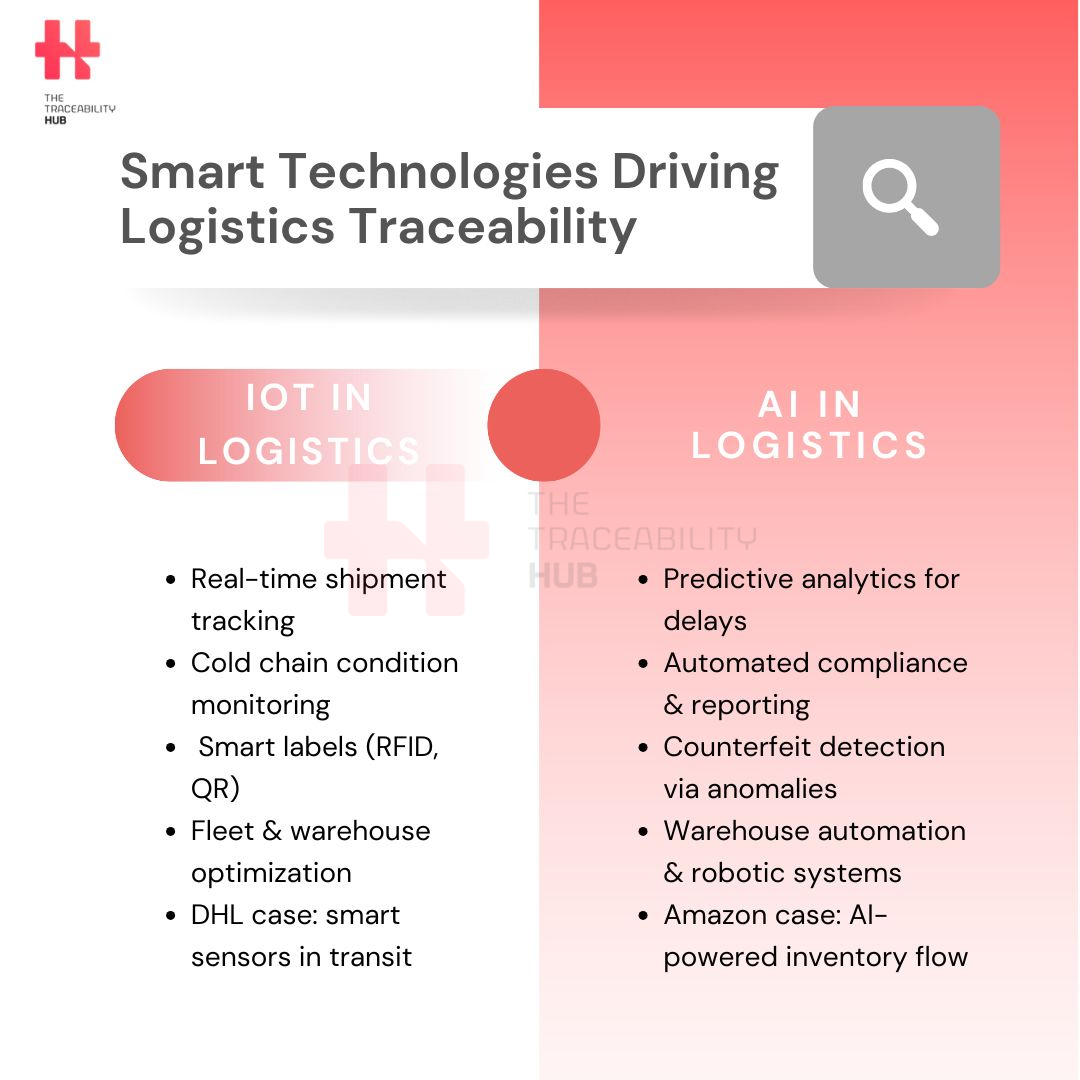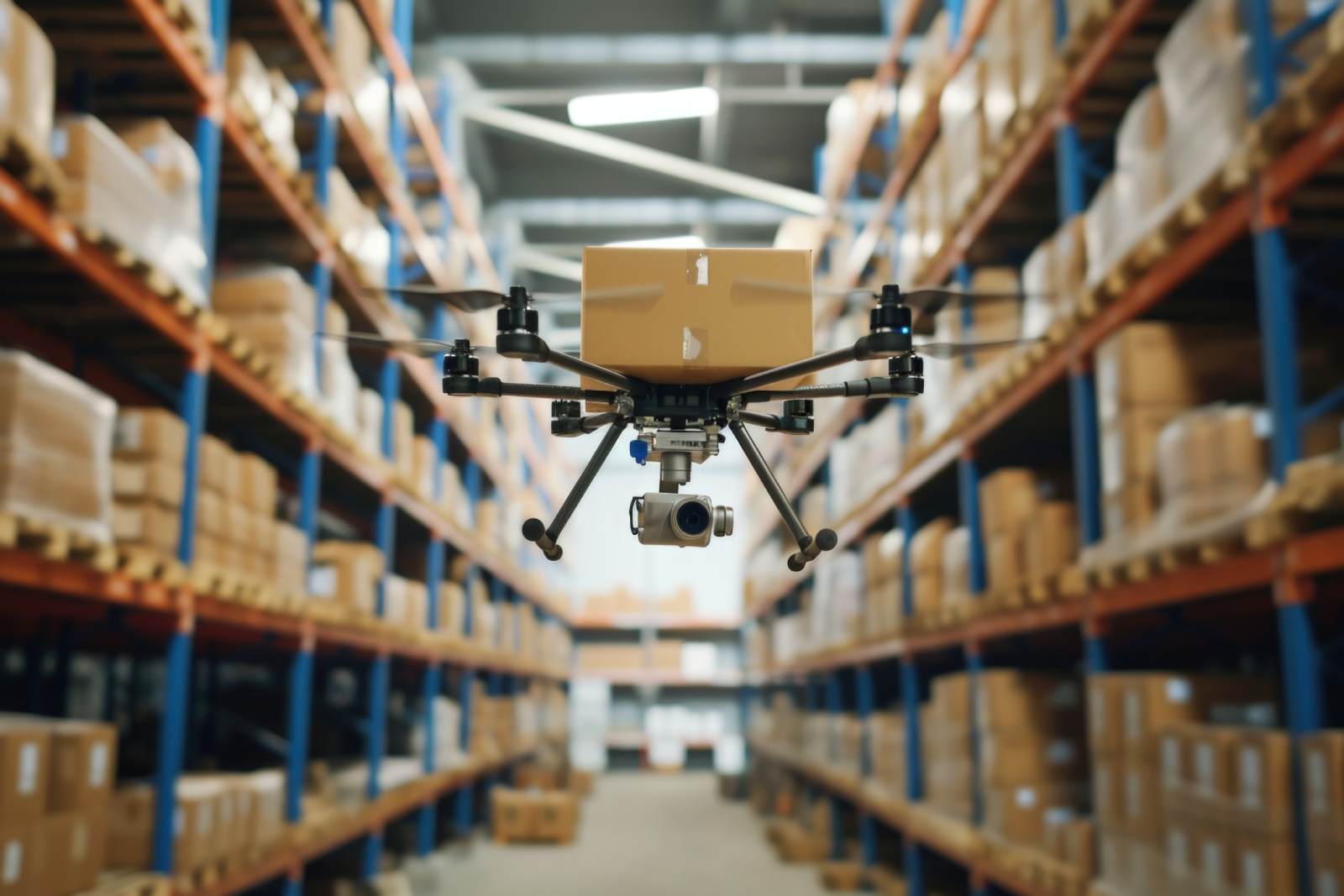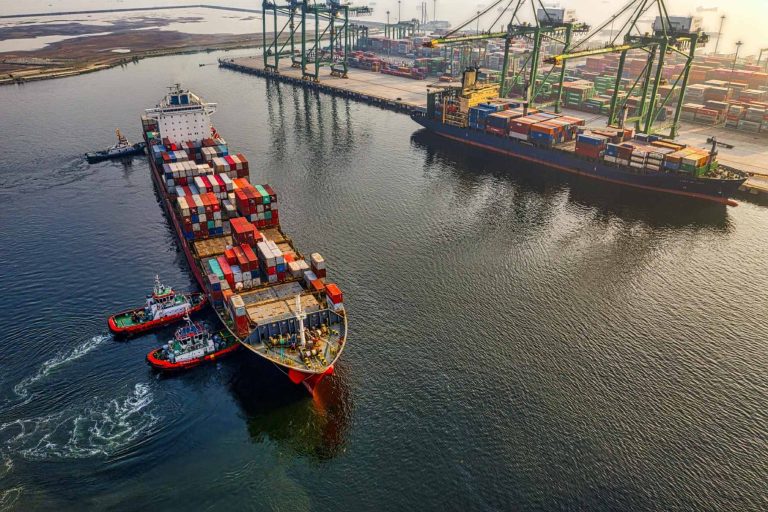Smart Supply Chain Technologies
Logistics is no longer just about moving goods from point A to point B. Today, it’s about doing it fast and smart. Two technologies leading this transformation are the Internet of Things (IoT in logistics) and Artificial Intelligence (AI in logistics).
Together, they’re reshaping how businesses track goods and ensure compliance. From preventing fraud to monitoring cargo conditions and predicting supply chain hiccups, IoT and AI are becoming essential Smart logistics systems in modern logistics.
Let’s explore how they’re making traceability not just possible, but powerful.
Smart Technologies Driving Logistics Traceability

How IoT Traceability Logistics is Transforming Logistics Traceability
Real-time Supply Chain Visibility and Shipment Tracking
Being able to see the location of a shipment at any time has several advantages. With GPS-enabled IoT devices, it is possible. These sensors provide real-time updates on a shipment’s location and condition, allowing logistics teams to react quickly if something goes off track.
IoT Cold Chain Monitoring
The food and pharmaceuticals industry moves temperature-sensitive goods. For them, IoT logistics tracking is a game changer. Smart sensors constantly track temperature, humidity, and other environmental conditions during transport. If anything goes out of range, IoT systems trigger alerts in real time to tackle spoilage and contamination.
RFID and IoT in Logistics & Smart Labelling
With RFID tags, NFC chips, and QR codes, companies can instantly scan and identify goods as they move through the supply chain. These “smart labels” also help with customs clearance and protect against counterfeiting by verifying shipment authenticity.
Connected Logistics Platforms: Fleet & Warehouse Optimization
IoT in logistics isn’t just for tracking packages, it’s also making warehouses and vehicles smarter. Connected fleets can plan better routes and schedule maintenance before breakdowns happen. In warehouses, IoT sensors and systems help manage space, monitor inventory in real time, and streamline operations.
IoT in Logistics Case Study: DHL’s Smart Sensor Success
DHL rolled out IoT-based smart sensors that track not just location, but also temperature, humidity, and even light exposure. By leveraging IoT in logistics, they gained Real-time supply chain visibility into shipments, improved cold chain handling, and significantly reduced losses due to environmental damage.
AI-Powered Automation in Logistics Traceability
AI in logistics: Predictive Analytics & Risk Management
AI-powered predictive analytics make predicting delays before they occur possible. By analyzing patterns and external factors (like weather or traffic), AI-based logistics traceability helps companies forecast demand surges, anticipate disruptions, and streamline operations accordingly.
AI in Logistics: Automated Compliance & Reporting
AI logistics tracking system makes paper-based compliance and reporting obsolete. Today’s AI systems automatically generate the documents that compliance authorities require. That means fewer errors and faster processing.
These tools help companies stay compliant with strict global regulations like:
- FSMA – Ensuring safe food imports into the U.S. The food safety modernization act signed into law in 2011 has given the food and drug administration (FDA) new authority to regulate the way foods are grown, harvested and processed.
- EU MDR – Tracking medical devices across borders: the medical device regulation (MDR), adopted in 2017, introduces new or revised responsibilities for EMA for medicines with an integral device, such as pre-filled syringes and pens, and pre-filled inhalers; medical devices containing an ancillary medicinal substance to support the proper functioning of the device. Medical devices made from substances that are absorbed by the human body to achieve their intended purpose and borderline products between medicinal products, medical devices, cosmetics, biocidal products, herbal medicines and food supplements.
- DSCSA – The drug supply chain security act (DSCSA), enacted in 2013 is verifying pharmaceutical shipments with the aim to address the dangers of counterfeit, contaminated, stolen, or otherwise harmful drug, electronically tracking and tracing prescription drugs at the packaging level.
By automating compliance, companies stay on the right side of the law and speed up cross-border logistics.
AI in Logistics in Counterfeit Detection
AI is becoming a powerful tool against fake goods. Using Machine learning in logistics, it can detect unusual patterns in how products move, like odd shipment routes or duplicate scans, flagging possible counterfeits before they reach customers.
AI-Driven Smart Warehouses
In today’s warehouses, robots and AI systems work alongside humans to get things done faster and more accurately.
Here’s what that looks like:
- Robots pick, pack, and sort orders, autonomous drones and robotic arms provide intelligent human-machine collaboration.
- Inventory management: smart cameras and sensors track inventory in real time
- Autonomous vehicles (AGVs) transport goods without human input
- AI is an ideal tool to automate procedures, reduce manual intervention and increase general efficiency. As well as providing real-time monitoring and precise inventory tracking, or support for opportunity, account, lead, quote and supplier order management; for document flows and for payment and invoices.
This level of automation reduces errors and significantly speeds up operations.
AI Logistics Tracking System Case Study: Amazon’s AI-Driven Supply Chain
Amazon has taken AI-powered logistics to the next level. By combining forecasting tools with warehouse automation, they’ve created one of the most efficient supply chains in the world.
As a result, they benefit from faster deliveries, fewer delays, and optimized stock levels.
Smart Logistics Compliance Tools: What’s Next?
IoT and AI are transforming logistics from the ground up. Together, they’re improving visibility, eliminating fraud, boosting compliance, and making supply chains more responsive than ever before. Now that we’ve unpacked how IoT in logistics and AI enhance traceability, it’s time to zoom in on one of the most critical use cases of the two technologies – cold chain traceability in logistics.
Find out how tech is keeping temperature-sensitive goods safe and compliant, every step of the way.
Read more: Cold Chain Logistics & Traceability: Ensuring Safety for Temperature-Sensitive Goods






